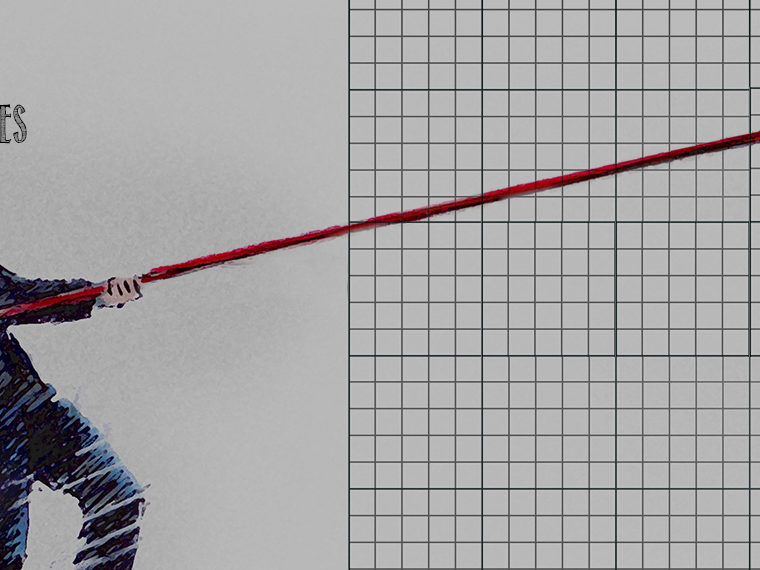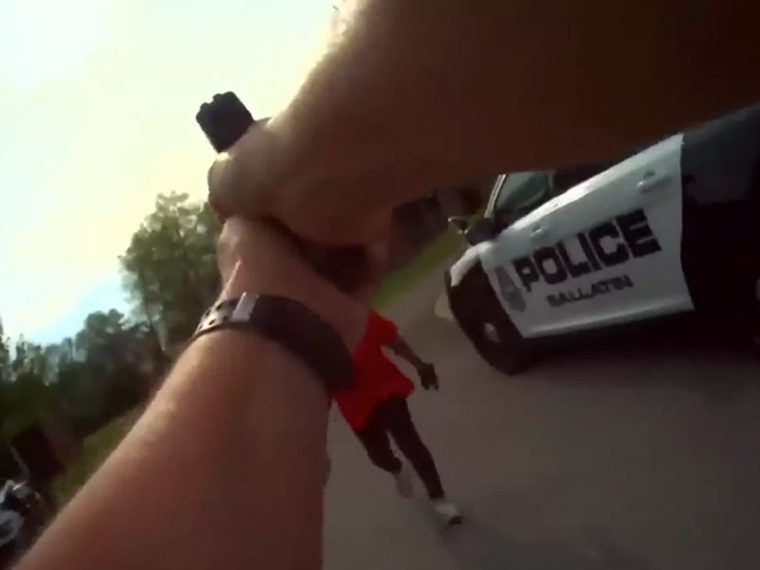Perceived differences between “diverse” and “sufficiently diverse”
The technology industry is a white, male preserve, with women often relegated to lesser positions. In a recent diversity report, Facebook said it had since 2014 raised the number of women in technical jobs from 15 percent to 23 percent, and women in senior roles from 23 percent to 30 percent.
In a country whose population is 51 percent female, what is the magic number that would make Facebook’s diversity effort a success in terms of gender?
Corporations, under pressure to better reflect the changing face of America, often base their efforts on the premise that diversity is achieved when an organization reaches a certain “critical mass” of underrepresented group members. Is there a number, or numbers, that make an organization that’s dominated by one type of individual “sufficiently diverse?” If so, who gets to determine those numbers and how?
Opt In to the Review Monthly Email Update.
These questions are at the heart of research by New York University’s Felix Danbold and UCLA Anderson’s Miguel Unzueta, published in the Journal of Personality and Social Psychology: Interpersonal Relations and Group Processes.
Their work, which incorporates findings from seven studies, suggests that the groups people belong to and their relative standing in society play a crucial role in their perception of when an organization crosses the so-called “diversity line.” Danbold and Unzueta’s research indicates that the white men who dominate Facebook are likely to view the company’s diversity efforts as a success while the women are likely to want a higher representation of women in technical and leadership roles before declaring victory.
Previous research has shown that diversity is a “nebulous construct subject to biased interpretations along group lines,” according to Danbold and Unzueta. However, they show how bias influences perceptions of diversity that are based on numerical representations, introducing an element of order to a topic many would regard as amorphous.
Their research shows that members of dominant groups perceived an organization to be diverse at lower levels than members of non-dominant groups. The differences in where they drew the line varied, depending on what people were being asked to evaluate. For example, those differences were stronger when people were asked to evaluate whether an organization was “sufficiently” diverse versus diverse.
Danbold and Unzueta’s research explains why employees might evaluate a company’s diversity efforts differently, depending on whether their own group holds a majority or minority position within the organization or whether they feel threatened by changes in the organization’s makeup.
Danbold and Unzueta employed a variety of methods and a large set of subjects. Participants were recruited online via Amazon Mechanical Turk to fill out a short survey titled “Is It Diverse?” and were paid between $0.25 and $0.50 per survey. Prior to taking part, the subjects had to complete a screening questionnaire in which they were asked about their age, gender and ethnicity.
In the first study, 1,074 white and black participants were asked to evaluate one of 21 organizations whose ethnic makeup ranged from 0 percent black/100 percent white to 0 percent white/100 percent black. Then they were asked how strongly they agreed or disagreed, on a scale of 1 to 7, with these three statements: 1) this is a diverse company; 2) this company is diverse enough; 3) this company has a diversity problem.
The researchers used the first statement to measure “descriptive diversity” while the second and third statements were categorized as representing “sufficient diversity.”
As predicted, both black and white participants agreed that diversity peaked at the 50/50 stage and was lowest when either group was not represented at all. In addition, both white and black participants drew the diversity line at a point that was more favorable to their own group.

How might those findings play out in real life? Consider a scenario in which an organization develops a diversity initiative that raises the representation of blacks from single digits to around 25 percent, explain the authors. Whites would likely find that level sufficiently diverse while blacks would need to see their representation rise to 30 percent to 35 percent before reaching the same conclusion.
A second study substituting men and women for blacks and whites resulted in similar findings.
These studies supported Danbold and Unzueta’s predictions that dominant and non-dominant groups would set their thresholds, or diversity lines, at levels that afforded their own group greater participation. How would this play out if a third non-dominant group was evaluating an organization in which it had no representation at all?
To test this, the researchers recruited Latino participants and asked them to evaluate organizations with black and white employees. Even though their group was not represented, the Latinos set diversity thresholds similar to the black participants’. This reinforced the researchers’ hypothesis that broader concerns about social hierarchy and equity, and not simply a concern about one’s own group, play a role in perceptions of diversity, particularly among non-dominant groups.
If a group saw a threat to its standing because of diversity initiatives, would it cause its members to be biased in favor of greater representation of its own people? In a separate study, Danbold and Unzueta asked black and white participants to rate organizations on diversity. Participants were also asked to rate on a scale of 1 to 7 (strongly disagree to agree) four statements designed to measure perceptions of threat. Those statements included the following: “I am worried that in the future, my ethnic group’s standing in society will be lower than it is today” and “I am concerned that in the future, members of my ethnic group will be treated like second-class citizens.”
The researchers found what’s known as a significant interaction between participants’ ethnicity and status threat and the setting of the threshold for minimum black representation. Black and white participants with low threat perceptions reported similar thresholds of around 30 percent black participation for an organization to be diverse. As the threat level increased, however, white participants reduced the level for blacks to 25 percent, and blacks increased the participation threshold to 35 percent.
In the real world, those findings might play out in the following way, explain the researchers: Imagine a group in which the percentage of black employees is steadily increasing from single digits toward equal representation. Whites who perceive a high level of threat to their status might say sufficient diversity has been reached at around 25 percent black. But whites with a lower threat-to-status sentiment, along with blacks, would want that number to reach 30 percent before declaring the group diverse. And blacks with high sentiment of threat to their status might want to see those figures reach 35 percent before perceiving the workplace as diverse.
Context is important. Danbold and Unzueta wanted to see whether people’s perceptions of diversity would be affected if they had more information about the broader world in which an organization operated. They predicted that participants would be motivated to give their own group greater representation if their status within the broader community was low. They also hypothesized that dominant groups would be likelier to push for their own group’s representation because they are less constrained by a preference for egalitarian outcomes.
In a study involving Latino and white participants, both groups were asked to evaluate organizations with varying degrees of representation of their people. Prior to evaluating the organizations, they were also provided a baseline for their decision. They were told the companies they were evaluating were in industries where the pool of qualified candidates was either 10 percent, 50 percent or 90 percent Latino.
White participants showed more sensitivity to baseline information than Latinos but it was nuanced. In setting their diversity thresholds, whites drew their minimum Latino representation for diversity at 21.24 percent, a significantly lower number than Latinos (27.83 percent). But this difference in thresholds was only significant in the 10-percent-Latino baseline. As the percentage of Latinos increased in the baseline, there was no significant difference between white and Latino diversity thresholds.
Many institutions that have failed in recent years to achieve overall employment levels — and leadership levels — that mirror racial and gender representation of the population prefer a discussion of diversity that leaves out precise representation. Some like to talk about improvements made; others want, in essence, an A for effort.
Even when the numbers are known, this research shows, perceptions of diversity diverge between dominant and non-dominant groups. Sharing and understanding those differences could help lessen resistance to underrepresented groups’ greater inclusion.
Featured Faculty
-
Miguel Unzueta
Senior Associate Dean of MBA Programs; Professor of Management and Organizations
About the Research
Danbold, F., & Unzueta, M. (2019). Drawing the diversity line: Numerical thresholds of diversity vary by group status. Journal of Personality and Social Psychology: Interpersonal Relations and Group Processes. doi: 10.1037/pspi0000182






